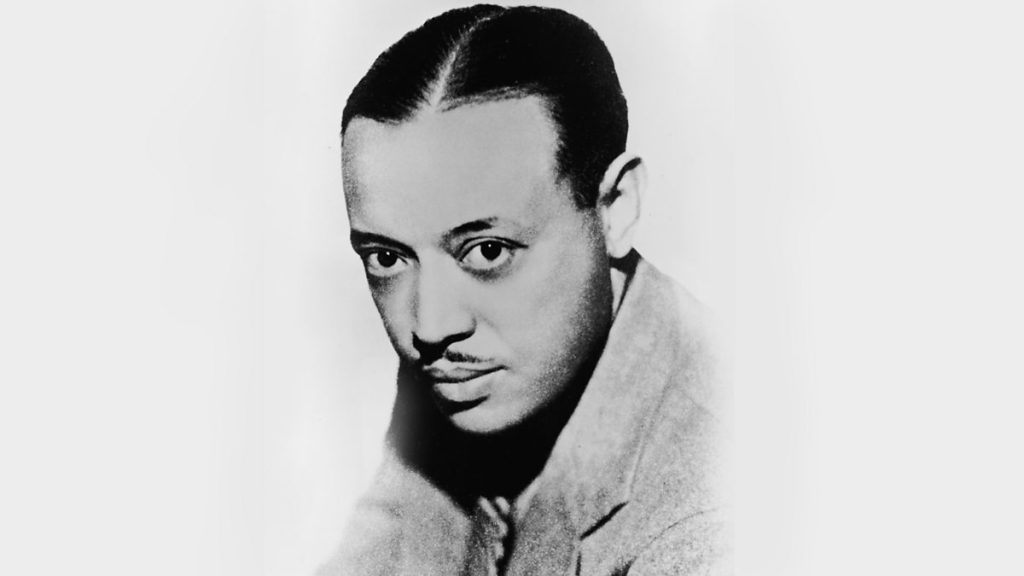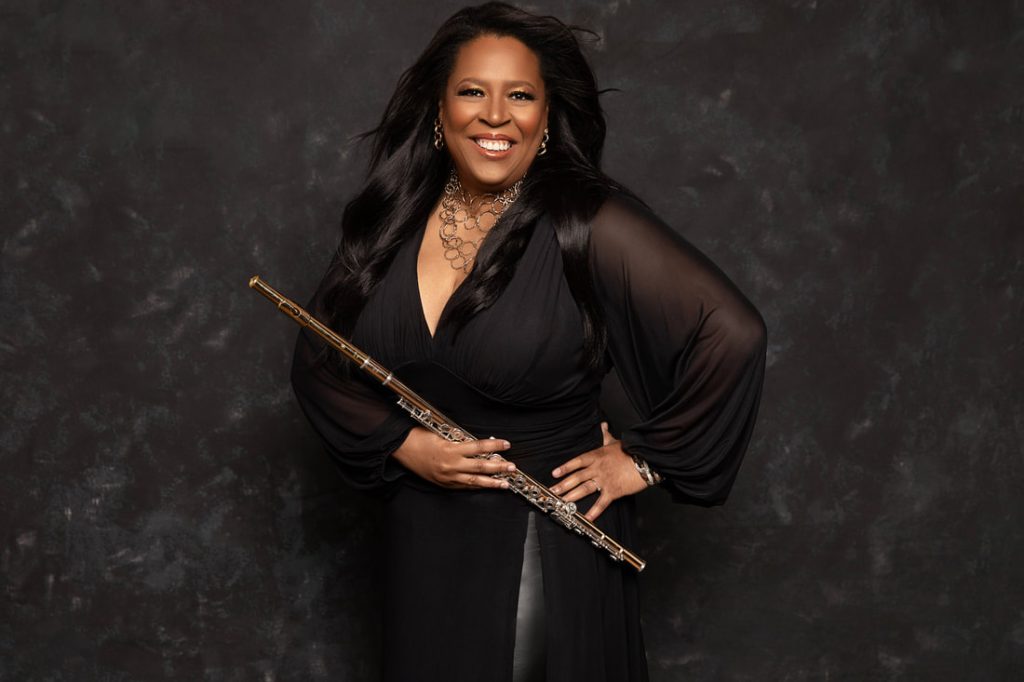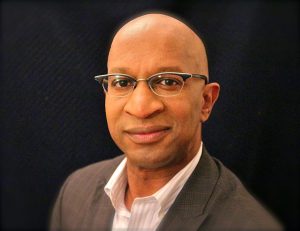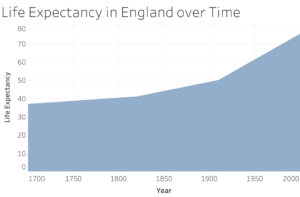George Gershwin
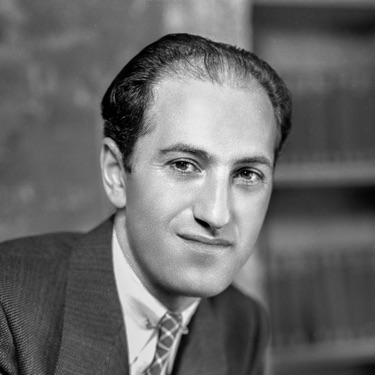
George Gershwin is remembered as one of the most prolific American composers of all time, leaving a significant impact on the landscape of 20th century jazz, popular, and classical music in his short 39 years. He and his older brother, Ira, first found fame as songwriters on Broadway in the early 1920s, before George composed his first major work, Rhapsody in Blue for piano and orchestra. It was after reflecting on his time in France, however, that he composed his first strictly orchestral work, An American in Paris, in 1928.
“I loved [The Hudson River] and I thought how often I had been homesick for a sight of it, and then the idea struck me—an American in Paris, homesickness, the blues. So there you are. I thought of a walk on the Champs-Élysées, of the honking taxi, of passing a building which I believed was a church… There are episodes on the Left Bank, and then come the blues—thinking of home, perhaps the Hudson. There is a meeting with a friend, and after a second fit of blues [a] decision that in Paris one may as well do as the Parisians do.”
George Gershwin, New York, 1929
An American in Paris was born from a musical snippet Gershwin had composed when visiting Paris, which he titled Very Parisienne. He later turned to this snippet when composing what he would call his “rhapsodic ballet”, which he subtitled, “A Tone Poem for Orchestra.” Structured in a loose A-B-A form, An American in Paris offers a colorful series of impressions based on the Parisian cityscape. A light-hearted, walking-tempo melody opens the piece, evoking images of a foreigner strolling through the streets of Paris, before he is brashfully interupted by honking and taxi horns, which Gershwin actually orchestrated in the score. You will hear the brass section mixing with the oboe and English horn to intertwine the strolling melody with the sounds of the hustle-and-bustle as the traveler takes in the city, before gradually arriving at a reflective B section. While the A section took much inspiration from the writing style of French composers Claude Debussy and Les Six, Gershwin employs the American style of blues in the B section blues, accentuating his homesickness. Gershwin describes the return to liveliness in the closing section as follows: “He finally emerges from his stupor to realize once again that he is in the gay city of Paree, listening to the taxi-horns, the noise of the boulevards, and the music of the can-can, and thinking, “Home is swell! But after all, this is Paris—so let’s go!”
– G.Angeles-Paredes

